In Resident Evil Village, Capcom mixes the old and new in a tall tale of Eastern European vampirism
Talking the survival horror game's (many) secrets with game director Morimasa Sato
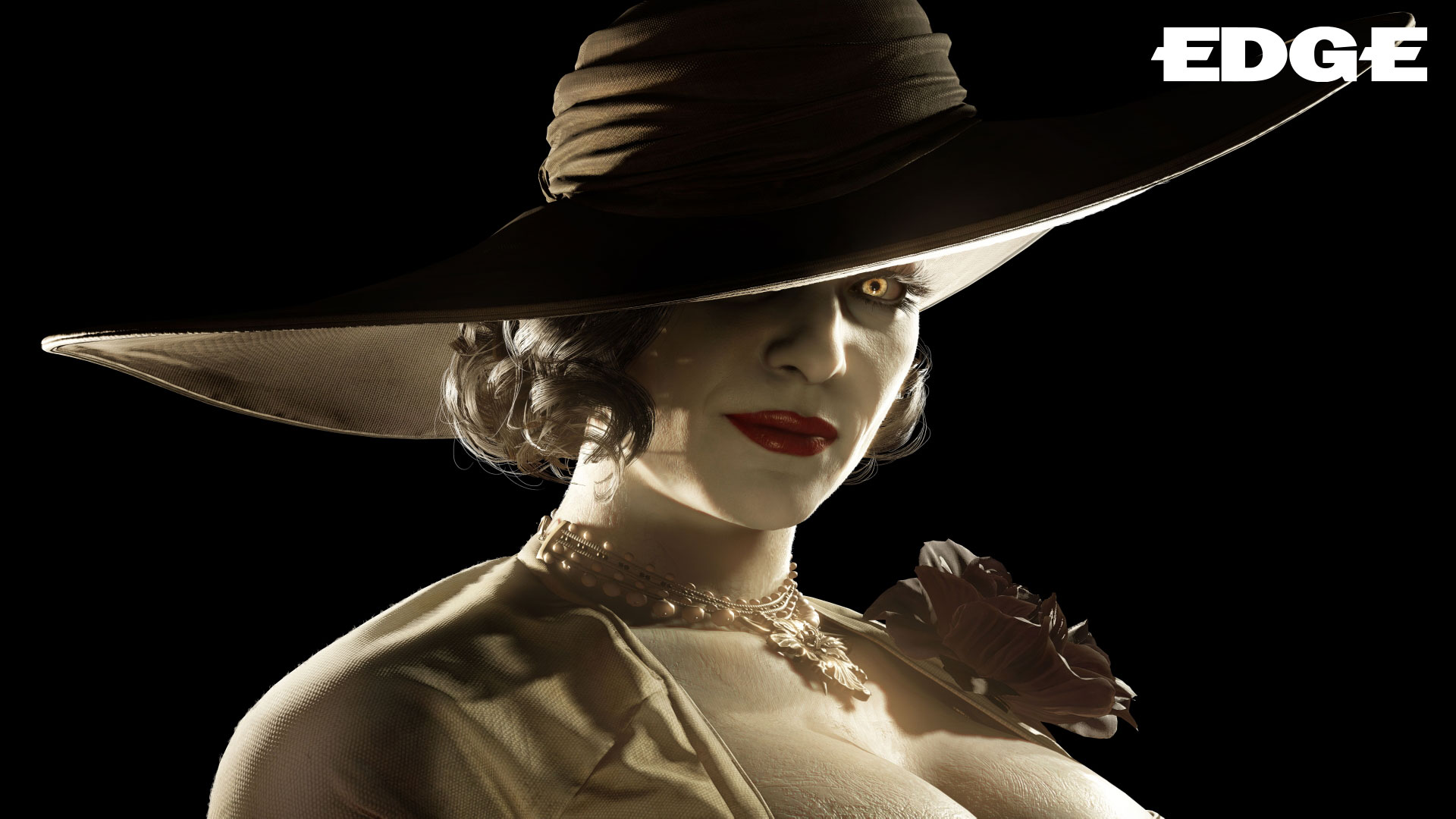
Watching Capcom's January showcase, containing snippets of Resident Evil Village gameplay, leaves us with a lot of questions we cannot wait to pose to Morimasa Sato. For now, though, the game's director wants to keep us dangling, concerned that explaining specifics around certain mechanics and story details would be to dilute the experience ahead of its release in May.
Example: what's with the insects that emerge from protagonist Ethan Winters' hand? "I really wouldn't want to spoil this for you," Sato says. "It will be much more exciting to check it out in the game!" If he won't commit to getting into some of the nittiest, grittiest bits, though, he is at least happy to talk up how we might respond to them. "The biggest surprise you could possibly imagine awaits Ethan Winters in this story," he says, snapping us to attention, before inevitably bringing us crashing back down to earth: "What that is, you'll have to see for yourself!"
Before encountering such seismic shocks in the game proper, we've been able to sample some of the environments in which they will play out by downloading the 'Maiden' demo released for free to all PS5 owners alongside Capcom's video event. With no combat or proper inventory layer, it is a bare-bones experience from the perspective of actual play, in direct contrast to its visuals, which are the most sumptuous ever seen in a Resident Evil game. Playing some of the lesser instalments over the past 25 years, it's easy to forget that the series was built on a foundation of visual extravagance, but Village draws a direct line back to the source, employing Capcom's RE Engine to render a world of twinkling crystal, inlaid marble and antique mahogany that makes you want to run your fingers across it.
As a crossplatform game, it falls short of the super-optimised PS5-only Demon's Souls in places, and naturally the recently announced PS4 and Xbox One versions will suffer compromises in detail, resolution and/or framerate, but it promises to be a spectacle in all of its iterations. Sato says, simply, that Village will deliver "the ultimate survival-horror experience on PlayStation 4 and Xbox One, while the next-generation versions bring the game to the next level."
'Maiden' voyage
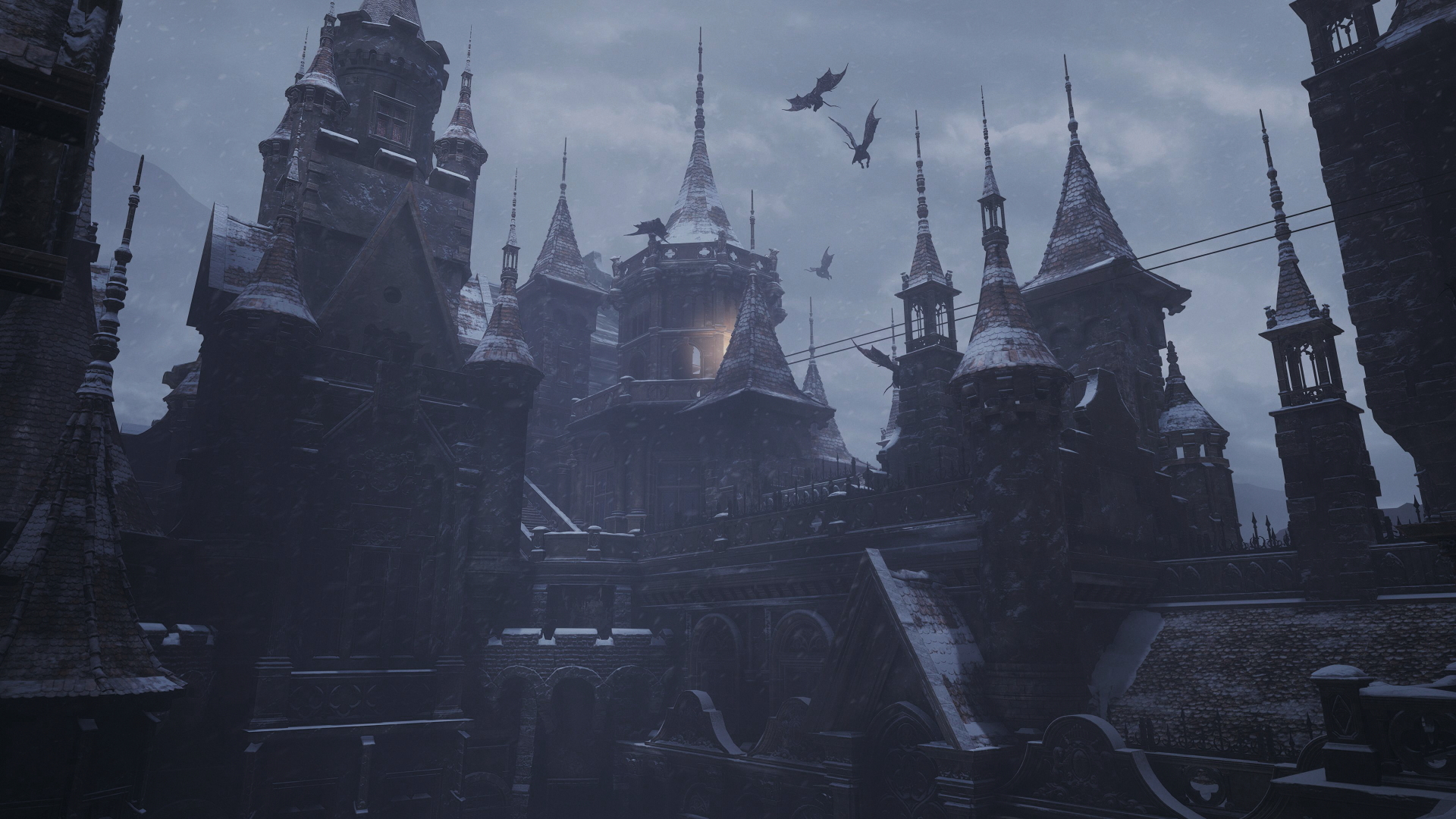
Outdoing its mighty predecessor, on which Sato held a writing role among other responsibilities, is no modest goal. Released in 2017, Resident Evil 7 felt like a fresh start for the series, its setting and themes working hard to get away from the tepidly received RE6. (That Capcom was able to show off the game initially via the famous VR 'Kitchen' demo at E3 2015 without players realising it had any attachment to the company's long-running horror franchise spoke volumes.) Village steers back into more traditional RE territory, as illustrated in the 'Maiden' demo.
It's not far into it that we come across a locked door emblazoned with a pained-looking face that has an eye missing; shortly afterwards we find a ring set with a maroon-coloured circular gemstone that seems made to measure. Sure enough, the two go together in the finest series tradition – a comforting feeling that nevertheless can't help but feel a bit like going through the motions after all this time. We ask Sato how important it is that series heritage is respected this way. "While we work hard to challenge players and surprise them with each title, there are also some things that are expected from a Resident Evil game," he says. "So it's really essential for us to include this kind of puzzle element when making a new game in the series."
Despite the echoes of older REs, Village retains 7's series-pioneering firstperson perspective, although Sato reveals that it was hardly guaranteed at the outset of the project. "There were originally some opinions within the team saying that thirdperson perspective might bring a different kind of combat experience," he explains. "But I believe that the firstperson perspective allows us to express the more up-close-and-personal fear and desperation of Ethan's story."
Sign up to the GamesRadar+ Newsletter
Weekly digests, tales from the communities you love, and more
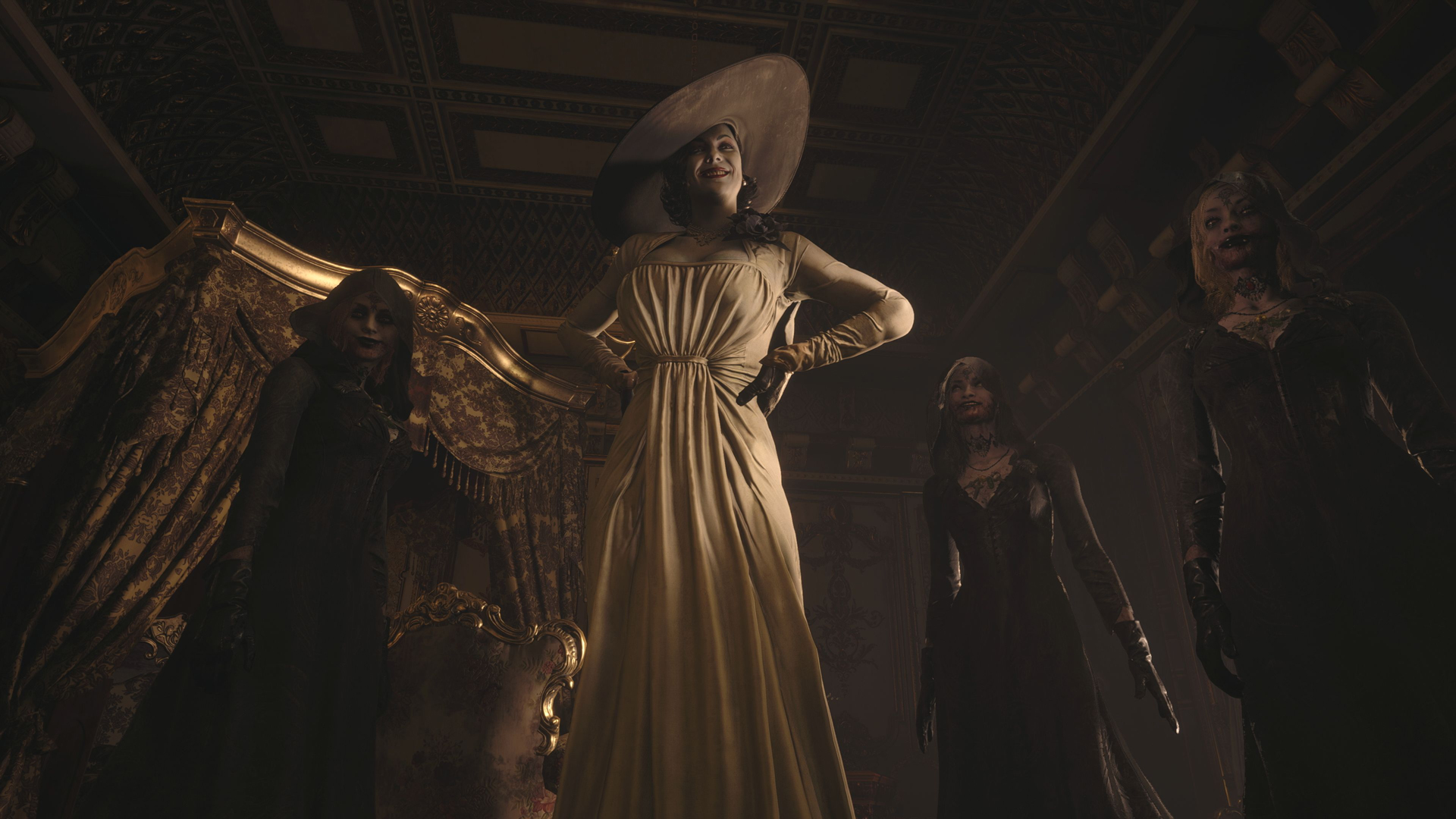
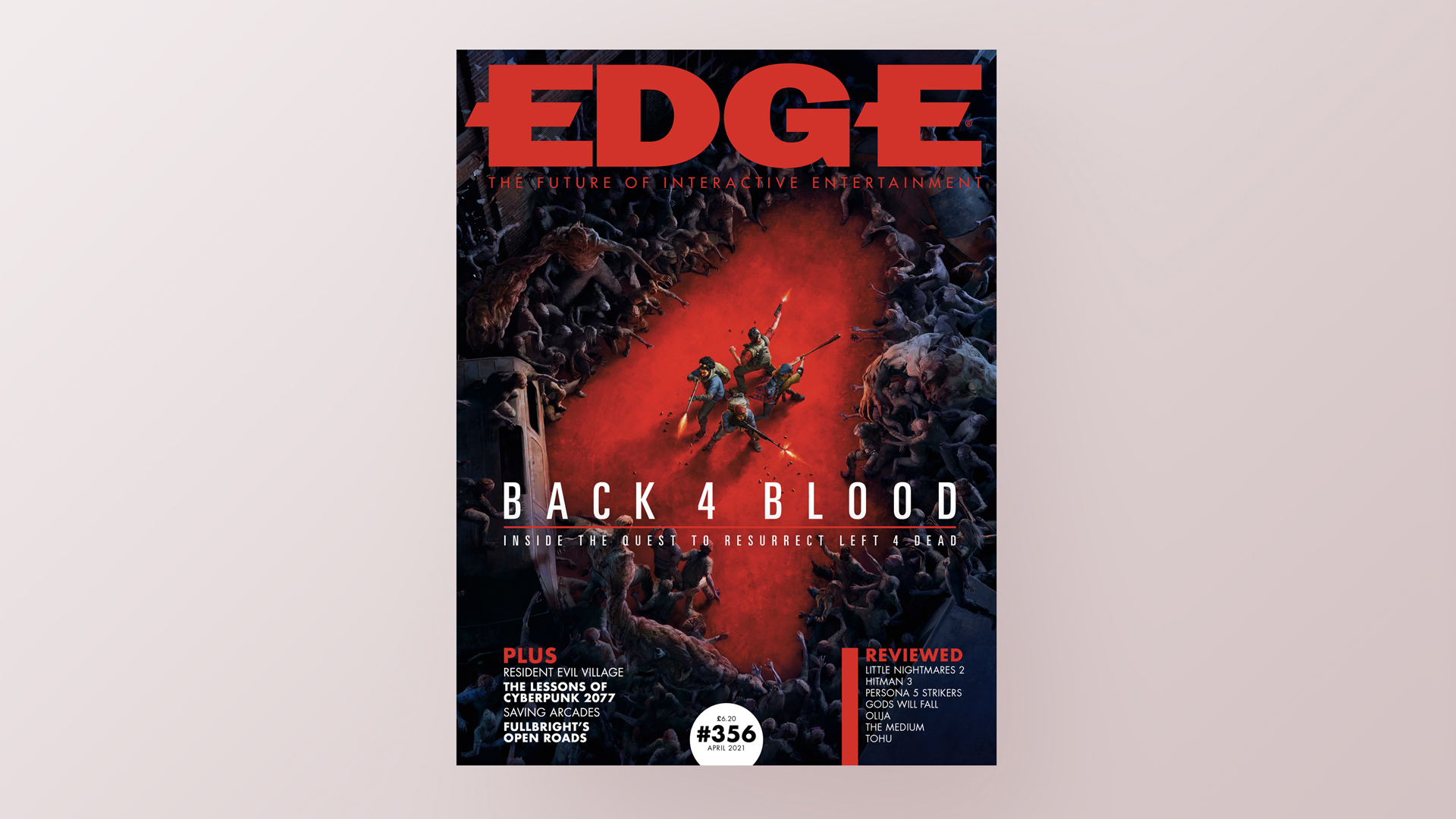
If you want more great long-form games journalism like this every month, delivered straight to your doorstop or your inbox, why not subscribe to Edge here.
Combat is one area Sato is open to discussing in more detail. We ask about how the guarding system has evolved, allowing players more options this time around. "Resident Evil games aren't about proactively hunting down enemies, but rather facing up against horrific enemies for your own survival," he begins. "When we were designing Resident Evil 7 – a game which was very much focused on the horror aspect of the series – it felt like a natural conclusion that a system was needed during combat for guarding against enemy attacks. Then, for Resident Evil Village, we evolved this system further by having a button input to guard – and thus take less damage from an attack – and then with a further input push an enemy away for a chance to counter-attack with your gun. It's a very effective system when trying to survive in the game, but it's still, first and foremost, an emergency measure – it's by no means central to the combat."
There is evolution here, then, on top of more tradition, with a suite of familiar-looking weaponry that can be upgraded in familiar-looking ways. One aspect that feeds into this – a merchant named The Duke, who appears at various points throughout the game in order to buy and sell items – created a particularly warm wave of feeling among series fans during the January promo event.
"One of the hidden themes of Resident Evil Village is recreating the fun of Resident Evil 4, so it was essential that the merchant character have the same sense of playfulness as that game had," Sato says. "The merchant's design is the result of the pursuit of the goal of making him a very unique character within the world of this game."
Tall tales
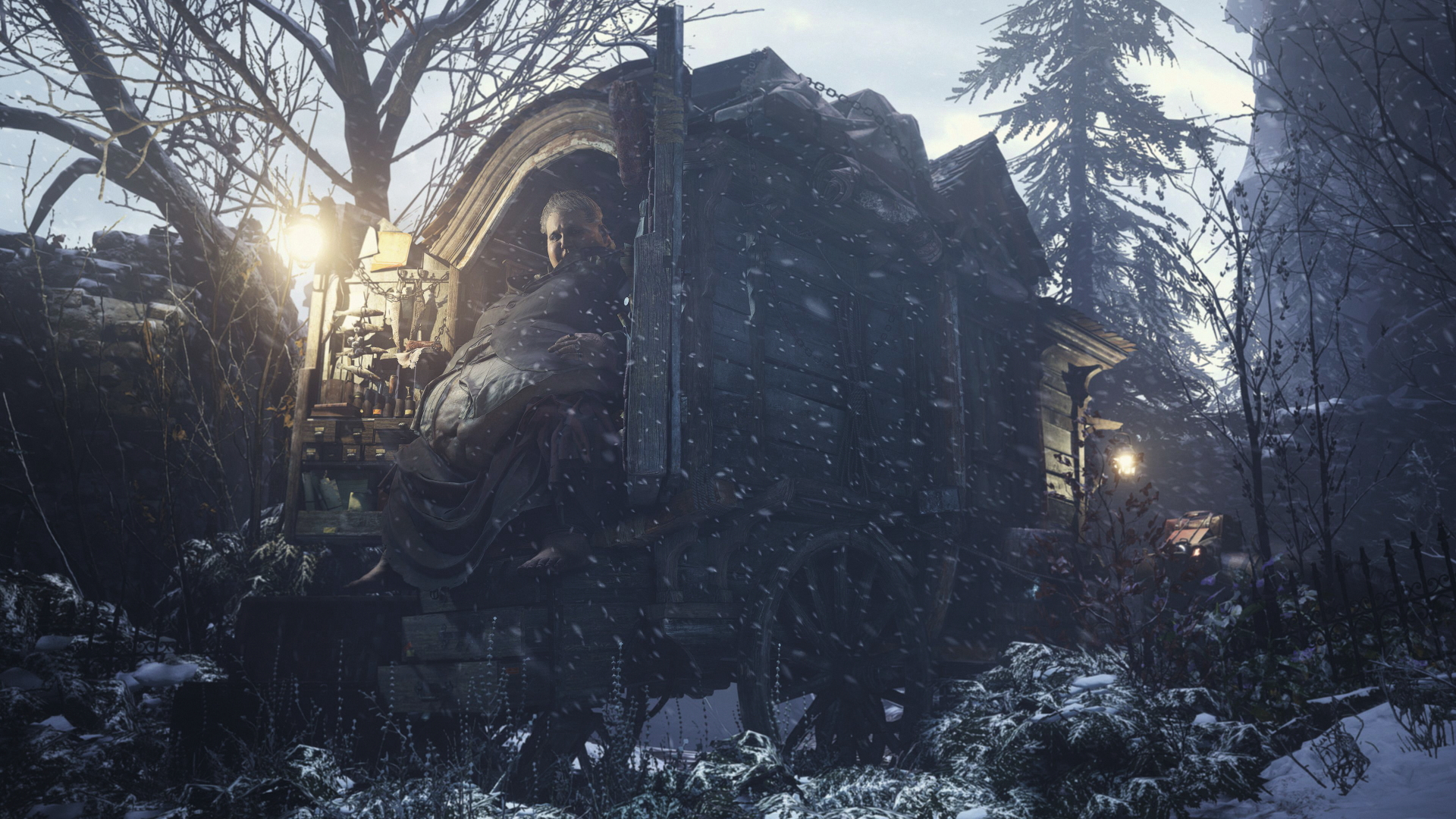
The castle, the puzzles, the merchant: Capcom is consciously stoking memories of adventures past, and it's an approach that has resonated. Shifts as drastic as RE7's don't – can't – happen with every new instalment, and first and foremost, any new game must nail down the franchise's key principles. "Over the course of the series, the four key pillars have been horror, combat, exploration and resource management," Sato says. "The balance between these elements can shift depending on the direction of individual titles, but those are always what the games are built on, and that of course applies for Resident Evil Village as well."
The mix of elements is being blended in a story that involves Ethan Winters settling down with his wife a few years on from the events of RE7, only for their daughter to be kidnapped, necessitating a trip to the titular location. It's not yet clear how the game's lead antagonist, Lady Dimitrescu, feeds into the storyline, but it's clear even from her brief appearance in 'Maiden' that she's destined to live long in the memory.
It's not just her extreme height – nine foot six if you include her hat and heels, as specified by art director Tomonori Takano, to the delight of apparently everyone on the Internet – that deserves notice, but the fact that she is so unlike what usually accounts for a Resident Evil baddie. There is a campy, old-fashioned vibe to the character, conjuring up notes of Hammer horror that contrast starkly with RE7's hard-edged, occasionally nasty flavourings. That Village also includes themes of vampirism and lycanthropy seems to further fit an agenda built with an eye on classic motifs.
Sensing that we're preparing ourselves for a knockabout romp, however, Sato is eager to establish that we shouldn't read too much into what we've seen so far. "As you know, one of the central themes of the Resident Evil series is horror or fear," he says, "and I would just warn you not to take anything you've seen so far as an indication that you can relax in terms of horror content! There are plenty of intense and horrifying scenes in the game, but we've chosen to leave those for you to experience by yourself."
There he goes again, refusing to allow us to completely spoil the game for ourselves months before it's even released, and we're out of time. For now, we don't get to discover exactly what he means when he says that this new game will offer more freedom than RE7, with more room for player experimentation – these things will have to wait, possibly until Capcom releases its next demo, said to be focused on how the core action plays out against those lavishly furnished backdrops.
This feature first appeared in Edge Magazine. For more excellent features, like the one you've just read, don't forget to subscribe to the print or digital edition at Magazines Direct.
Edge magazine was launched in 1993 with a mission to dig deep into the inner workings of the international videogame industry, quickly building a reputation for next-level analysis, features, interviews and reviews that holds fast nearly 30 years on.



